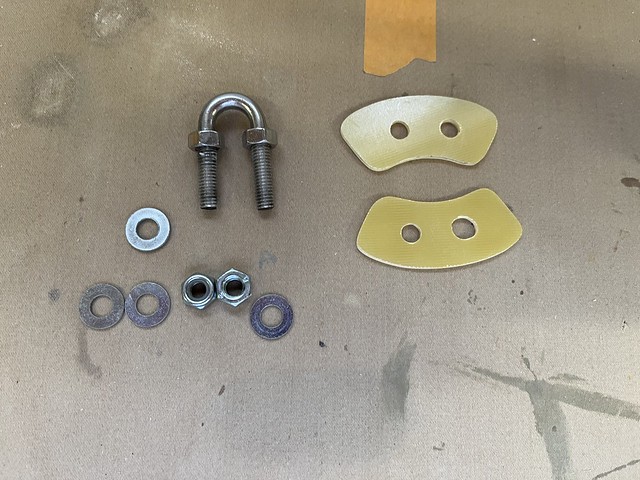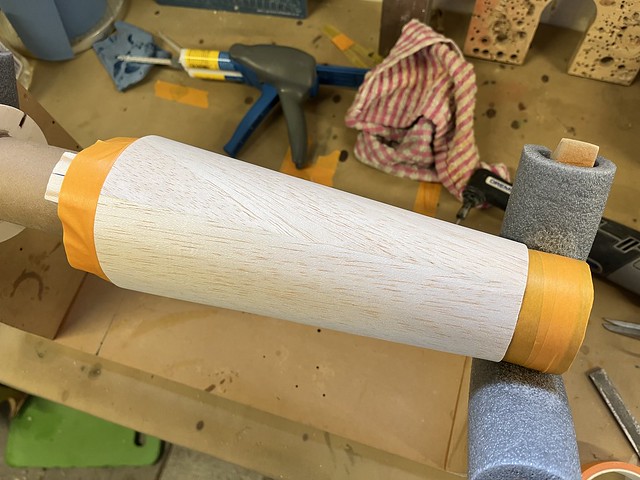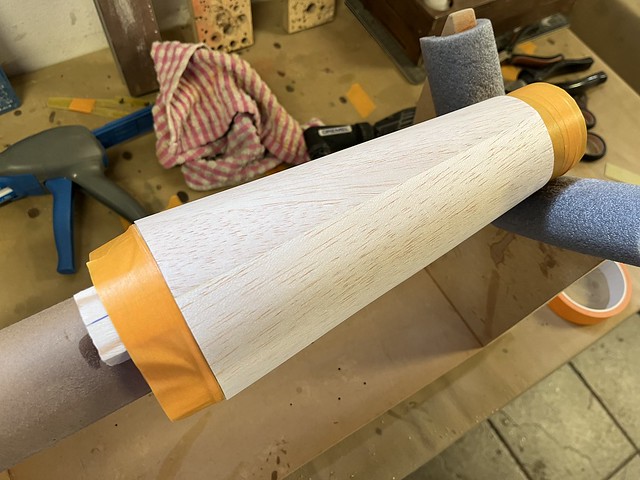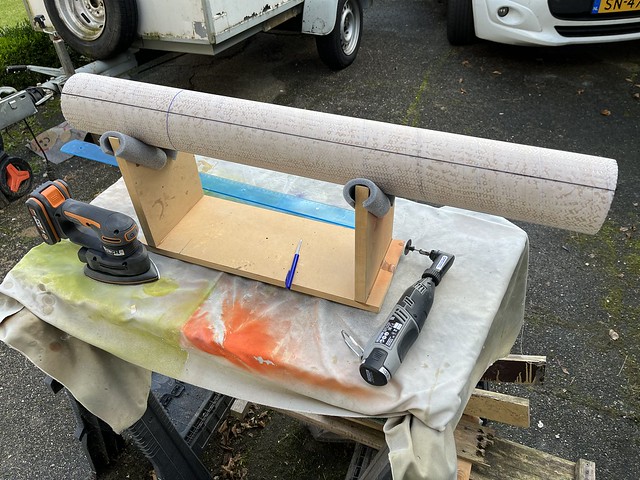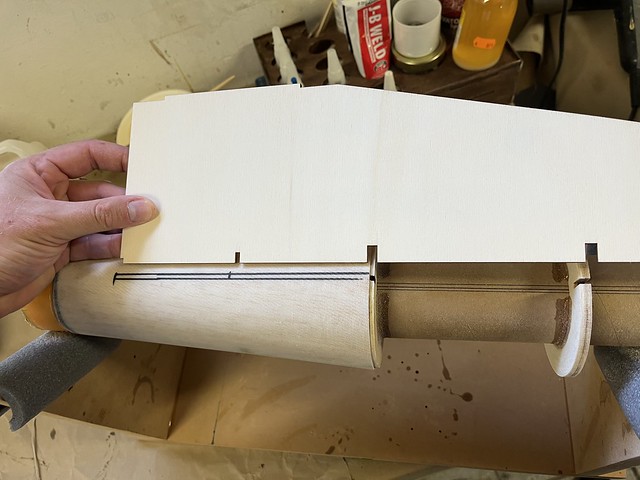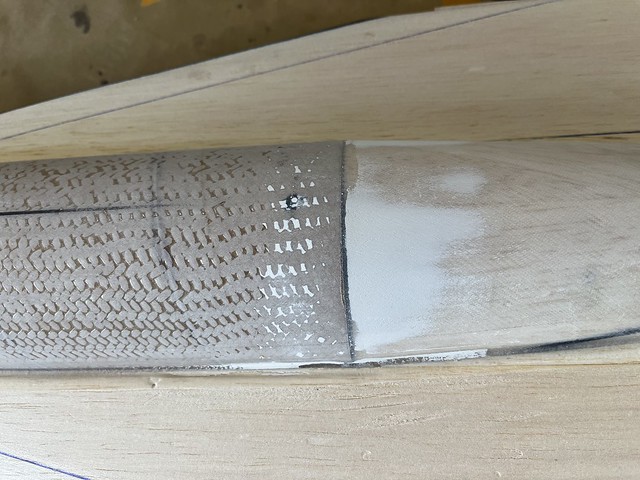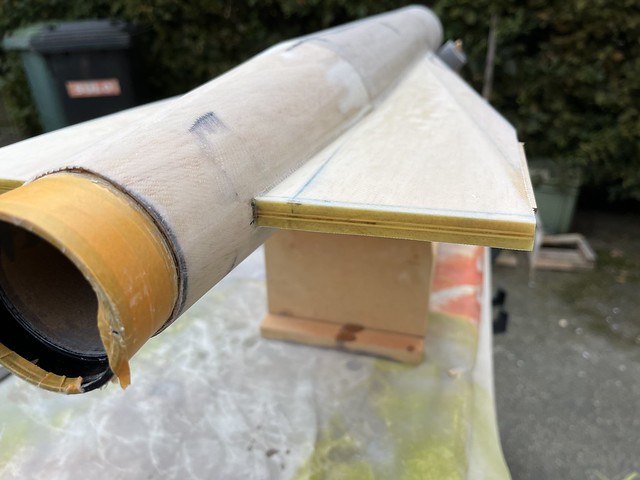I have a thing for the Jayhawk design and I came across a vintage Estes PRO Series kit just recently.
Needless to say, it sparked my desire to design and build a bigger Jayhawk and for the time being, I decided to stick to a 4” airframe (glassed LOC tubing).
One of the first things I had to decide was the motor mount size, both the 38mm and 54mm options fit and I eventually selected the latter as it simply gives you more engine options.
I’m not a super-scale freak and this build shall be regarded as such, i.e., a sporty rendition of the Jayhawk which is still based on tracing blue prints of the full scale design (information which is readily available on the internet).
One of the main design parameters is the nosecone as it will determine the airframe tubing length. For this build, I had a Giant Leap Rocketry pinnacle nosecone “from the past” (the newer ones are even longer) and I based the overall design on this specific component.
I use Rhinoceros for the 3D modeling, I find it a good compromise software to achieve decent results in little time. I also need it to generate the templates for the laser cutter and any geometry to be 3D printed at a later stage.
 Capture by Giacomo Bosso, su Flickr
Capture by Giacomo Bosso, su Flickr
The following picture shows the laser cut parts, they are all 3mm lite-ply and they turned out very accurate. The top 3 centering rings are 6mm thick and I laminated them together to achieve that thickness.
 Senza titolo by Giacomo Bosso, su Flickr
Senza titolo by Giacomo Bosso, su Flickr
Needless to say, it sparked my desire to design and build a bigger Jayhawk and for the time being, I decided to stick to a 4” airframe (glassed LOC tubing).
One of the first things I had to decide was the motor mount size, both the 38mm and 54mm options fit and I eventually selected the latter as it simply gives you more engine options.
I’m not a super-scale freak and this build shall be regarded as such, i.e., a sporty rendition of the Jayhawk which is still based on tracing blue prints of the full scale design (information which is readily available on the internet).
One of the main design parameters is the nosecone as it will determine the airframe tubing length. For this build, I had a Giant Leap Rocketry pinnacle nosecone “from the past” (the newer ones are even longer) and I based the overall design on this specific component.
I use Rhinoceros for the 3D modeling, I find it a good compromise software to achieve decent results in little time. I also need it to generate the templates for the laser cutter and any geometry to be 3D printed at a later stage.
 Capture by Giacomo Bosso, su Flickr
Capture by Giacomo Bosso, su FlickrThe following picture shows the laser cut parts, they are all 3mm lite-ply and they turned out very accurate. The top 3 centering rings are 6mm thick and I laminated them together to achieve that thickness.
 Senza titolo by Giacomo Bosso, su Flickr
Senza titolo by Giacomo Bosso, su Flickr






